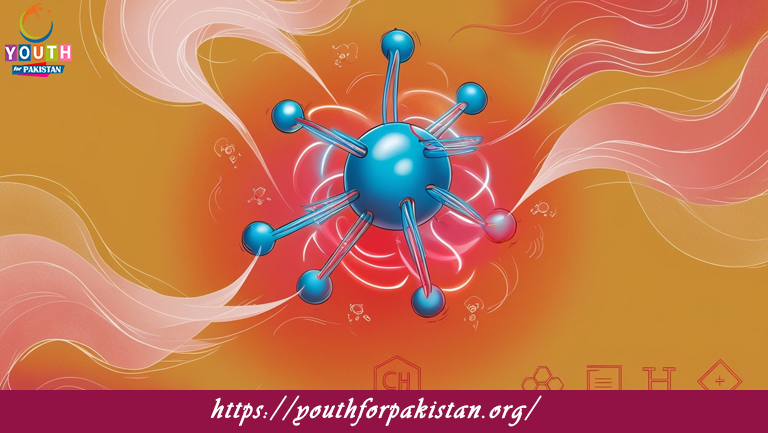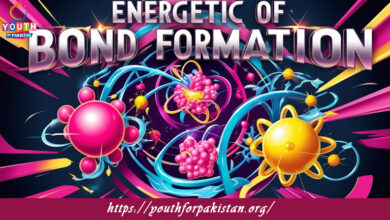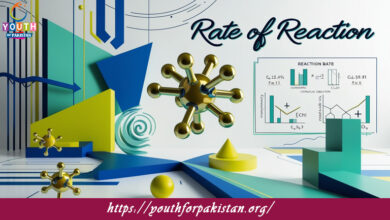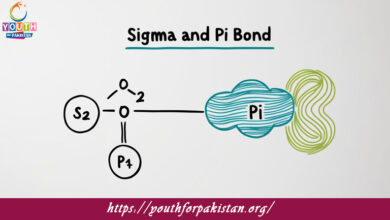Energy In Chemical Reactions MDCAT Quiz with Answers

Energy In Chemical Reactions MDCAT Quiz: Crucial for MDCAT students, this topic, the transfer and transformation of energy in chemical reactions, majorly through heat, shows how energy transforms during a reaction. This helps to predict if a reaction will be exothermic or endothermic and how one is supposed to calculate the heat changes for the reactions. The knowledge of the transformation of energy and reaction energetics is useful in answering the MDCAT Quiz questions on this unit.
Exothermic and Endothermic Reactions
During a chemical reaction, the energy can either be released or absorbed. Based on the direction of energy flow, a reaction is considered either exothermic or endothermic:
Exothermic Reactions: These are reactions that give off energy, mostly in the form of heat. In exothermic reactions, the energy of the products is lower than that of the reactants. Consequently, the change in enthalpy (ΔH) is negative, indicating the release of heat into the surroundings. Combustion reactions, such as burning of fuels, are examples of exothermic reactions.
Endothermic Reactions: On the other hand, endothermic reactions absorb energy from the surroundings. The energy of the products is higher than that of the reactants, and the change in enthalpy (ΔH) is positive. Photosynthesis is an example of an endothermic reaction where plants absorb energy from sunlight to convert carbon dioxide and water into glucose.
The knowledge of energy changes in these types of reactions will help one solve MDCAT Quiz questions related to the heat changes of a reaction and predict the behaviors of reactions under different conditions.
Heat Transfer and Enthalpy Change
During chemical reactions, the heat may either be transferred from the surroundings to the system or vice versa. This amount of heat transferred is known as the enthalpy change (ΔH) for the reaction. The magnitude and sign of ΔH indicate whether a reaction absorbs or releases heat. MDCAT students need to be able to compute the enthalpy change associated with a reaction by either calorimetry, Hess’s Law, or standard enthalpy values. A negative value of ΔH (exothermic) denotes that the reaction will liberate heat, whereas a positive ΔH (endothermic) indicates that heat will be absorbed.
Energy Diagrams and Activation Energy
Energy diagrams help visualize how the energy of a system changes during a chemical reaction. These diagrams typically show the potential energy of reactants and products and the activation energy, which is the minimum energy required for the reaction to occur. Reactions with a high activation energy require more energy to initiate, while those with lower activation energy are easier to start.
For MDCAT students, grasping how to read energy diagrams and the concept of activation energy is the key to elucidating reaction rates and energy changes. Public free Flashcard tools may be used to memorize important key terms such as activation energy and types of changes in energy in reactions.
Mastering the concepts of energy in chemical reactions will go a long way in helping MDCAT students answer questions related to thermochemistry and thermodynamics. Using MDCAT Quiz and Free Flashcard resources, students are able to firm up their understanding of exothermic and endothermic reactions, heat transfer, enthalpy changes, and energy diagrams in order to perform well in the exam.

The energy diagram for an exothermic reaction shows that the products are __________ than the reactants.
lower in energy

The law of conservation of energy states that energy can __________.
neither be created nor destroyed

In a chemical reaction, energy changes are measured as the difference in __________ between reactants and products.
kinetic energy

The energy that is released or absorbed during a reaction is generally measured in __________.
joules

The energy released or absorbed when a chemical reaction takes place is called __________.
heat of reaction

The energy change in a chemical reaction can be calculated from the bond energies of the __________.
reactants and products

The heat of combustion of a substance is the energy released when __________.
it burns in excess oxygen

In a reaction where energy is released, the products are __________ than the reactants.
lower in energy
Experience the real exam environment with our expertly designed collection of over 25,000 MCQs MDCAT Mock Tests.





